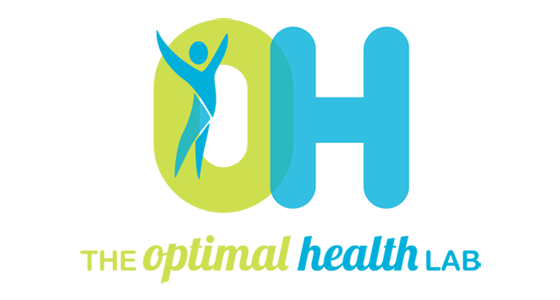
February 12, 2025
Calf strains commonly occur in sports involving high-speed running or increased volumes of running loads. Strains are generally graded from 1-3 and usually do well conservatively over 2-6 weeks of rehabilitation. A less common injury associated with calf strains is called Tennis leg. This is an injury to the connective tissue (aponeurosis) of the medial aspect of the leg. This blog will discuss the best management strategies to return to performance.
Continue Reading

February 12, 2025
‘My MRI says I have a discoid meniscus?’ This blog goes into detail on the ins and out of discoid meniscus and how physiotherapy may help!
Continue Reading

February 12, 2025
What is slipped upper femoral epiphysis (SUPE) and the signs and symptoms you can look out for in your children if they’re experiencing hip/groin pain.
Continue Reading






